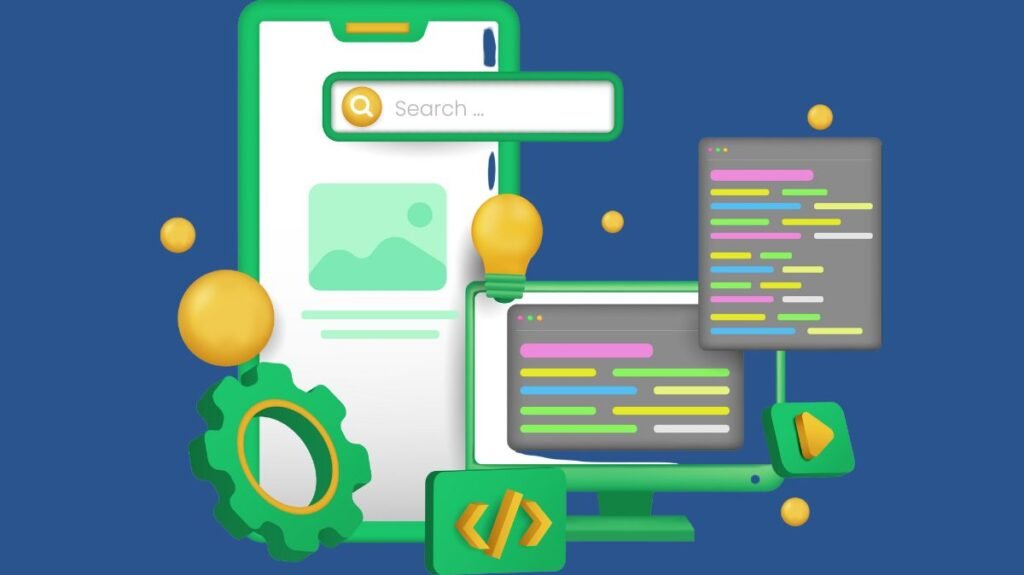What is Cloud-Native Application Protection Platforms?

From development to production, all stages of cloud-native application development are protected by a cloud-native application protection platform (CNAPP). While traditional tools handle discrete activities, CNAPP combine compliance and security onto a single platform. Consolidation secures development and production environments, controls configurations, and increases visibility.
CNAPP keep a close eye on operations, independent of cloud architecture or provider. They guarantee that development, operations, and security teams work effectively together to manage threats throughout the lifecycle of contemporary applications by incorporating security into every stage.
Why Is CNAPP Important?
Conventional security methods and techniques were created to safeguard endpoints and data centres located on-site, not cloud-native applications and services. As cloud-native technologies, highly automated dynamic and ephemeral environments, faster release cycles, and modern development approaches become more prevalent, those tools become less effective.
The security team must manage security and compliance in the face of frequent changes in the public cloud, ideally without causing the entire organisation to lag. Early detection of security flaws and vulnerabilities, quick remedy, and ongoing, reliable security and assurance are all necessary to achieve that. Unfortunately, using a traditional method might be challenging when dealing with the numerous interdependencies found in modern contexts.
Security teams must move beyond safeguarding infrastructure to safeguarding workload-consuming apps in order to maximise cloud security and compliance to enable DevOps and reduce friction. This entails, at the very least, protecting the production environment and cloud service configurations, with runtime protection providing an invaluable extra degree of security.
Advantages of CNAPP
By combining security operations into a single, integrated platform, cloud-native application protection platforms provide revolutionary advantages that enable businesses to better align security with their objectives, increase operational effectiveness, and foster innovation without compromising security.
Effective Operations and Management
Using disparate, disjointed systems to manage cloud security frequently results in operational silos and inefficiencies. By combining security features like CSPM and CWPP into a unified framework, CNAPP address this issue. Workflows are streamlined, complexity is decreased, and security, development, and operations teams can work together more successfully thanks to consolidation.
CNAPPs free up resources by automating repetitive procedures like compliance checks and vulnerability assessments, enabling teams to concentrate on higher-value tasks. Businesses gain from lower overhead and quicker security incident response times, which results in a more flexible security posture.
Consistent Security Policies Across Clouds
Because every platform has a different setup, maintaining uniform security standards in multicloud scenarios is extremely difficult. This problem is resolved by CNAPPs, which lower the possibility of discrepancies by enforcing consistent policies across various cloud platforms. Even as cloud services change, CNAPP guarantee that security procedures are followed consistently through policy-driven automation. The method avoids configuration drift, which might expose resources to intrusions. Consistency in cross-cloud policies helps organisations maintain a strong security posture by streamlining administration and lowering human error.
Improved Management of Compliance
Organisations in all sectors continue to place a high premium on regulatory compliance, and CNAPPs are essential to fulfilling these obligations. Conventional compliance procedures can be laborious and prone to mistakes made by people. By continuously monitoring cloud setups and evaluating them in relation to pertinent standards, CNAPP automate compliance inspections.
CNAPPs ease audits and lessen the workload for security teams by providing prebuilt reporting templates. When compliance problems occur, these platforms also send out real-time alerts, enabling businesses to take swift action. By staying ahead of regulatory obligations, proactive compliance management helps organisations avoid expensive fines and harm to their brand.
Enhanced Prioritisation of Risk
Teams find it challenging to concentrate on the most important problems due to the deluge of security alerts generated by cloud-native systems. Contextual risk scoring is used by CNAPP to rank vulnerabilities according to their seriousness, potential for exploitation, and business effect. This makes it easier for security teams to focus on the important things and cut through the clutter.
Additionally, CNAPP streamline remediation efforts and lessen alert fatigue by combining notifications from many systems. In order to prevent the need for disruptive repairs later on, CNAPP allow organisations to address vulnerabilities before they reach production by detecting high-priority risks early in the development lifecycle.
Cloud-wide visibility and context
The biggest obstacle to protecting cloud-native environments is a lack of awareness across cloud services, APIs, and dispersed workloads. From code development to runtime operations, CNAPP provide end-to-end visibility, giving security teams a comprehensive view of the ecosystem.
APIs, containers, and identities are all visible, enabling teams to keep an eye on each element and identify threats instantly. Contextualising security events through the integration of data from many sources facilitates the identification of the underlying cause of problems and the development of efficient repair plans. CNAPP improve security and facilitate better decision-making by removing blind spots.
Scalable and Future-Proof Security
Security systems must adapt to changing workloads and infrastructures as enterprises increase their usage of cloud services. CNAPP offer diverse monitoring options, including agent-based and agentless techniques, and are made to scale with dynamic cloud environments. Adaptability is crucial because it guarantees that security will continue to function well even as businesses use new technologies like microservices, serverless computing, and AI-driven services.
Additionally, by incorporating security into CI/CD pipelines and encouraging a shift-left approach to risk management, CNAPPs easily mesh with DevSecOps procedures. CNAPP continue to be future-proof as cloud environments change by embracing new architectures and growing with the company.
Quicker Reaction to Dangers
Given how quickly risks arise in cloud-native contexts, quick actions are also necessary. By enabling real-time threat detection, containment, and remediation, CNAPP help organisations shorten the exposure window. The impact of security breaches is reduced by incident handling that is streamlined by automated threat detection and response capabilities. To keep the platform abreast of the most recent attack methods, CNAPP often interface with external threat intelligence feeds. Even in the face of sophisticated attacks, CNAPPs assist organisations in limiting damage and preserving business continuity by speeding up response times.

